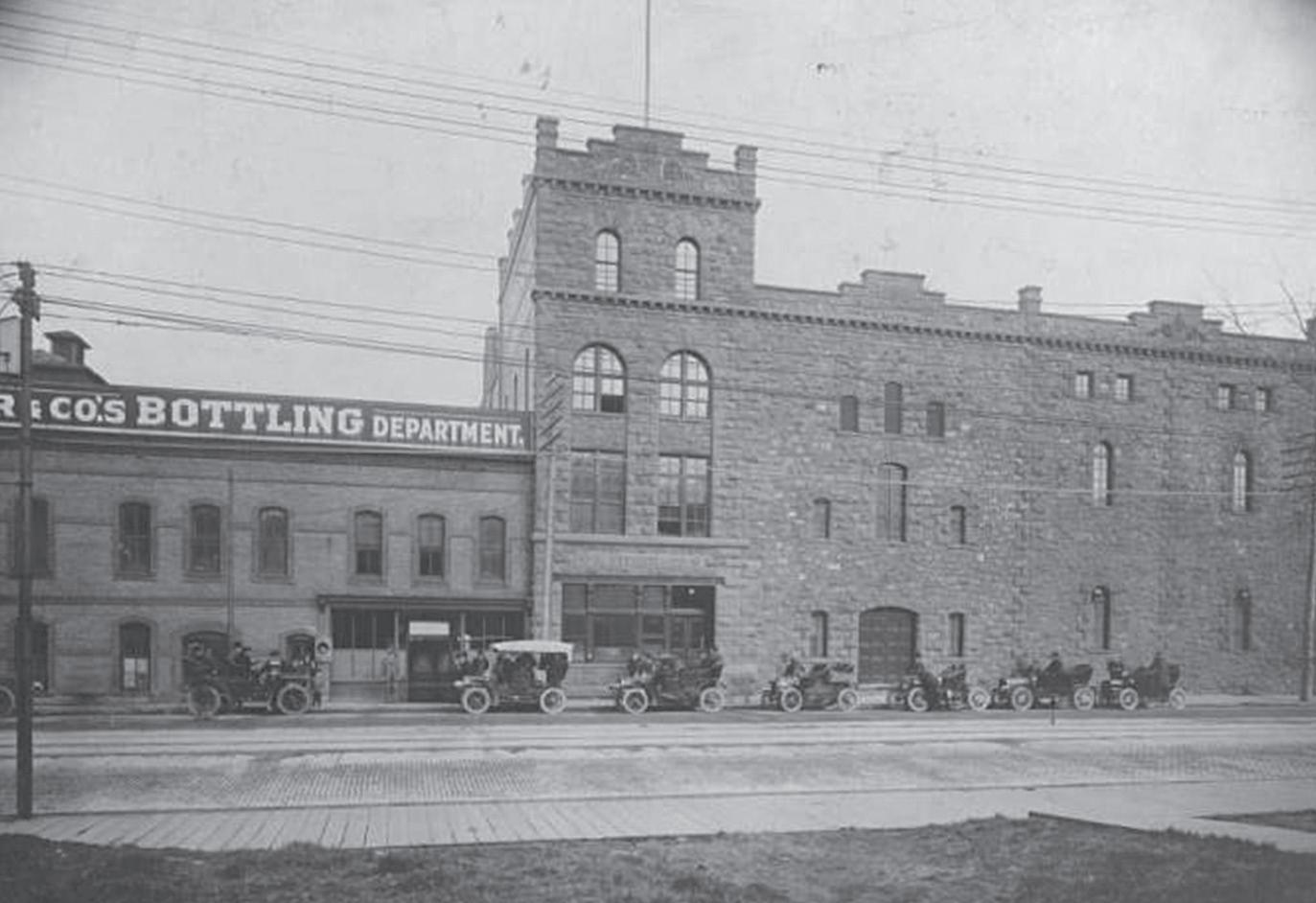
1 minute read
East Hillside
By Peter Passi ppassi@duluthnews.com
Perhaps no other part of Duluth will undergo such a transformation in the next several years as the city’s East Hillside neighborhood.
The region’s two largest health care providers — Essentia Health and St. Luke’s — plan to invest a combined $1 billion in their medical campuses in the coming years. The projects will consolidate operations into tighter footprints and should free up additional land in the area for redevelopment, including highlysought-after housing.
Duluth’s East Hillside offers impressive lake views, yet at a modest cost compared to housing in some other parts of the city.
The neighborhood brushes up against Chester Bowl and Chester Creek. It also includes an attractive waterfront, featuring Leif Erickson Park and Rose Garden, as well as a heavily traveled segment of the Lakewalk, part of which is still undergoing repairs in the wake of recent storm surge damage.
While Duluth’s vibrant East Hillside displays
2011 letters of a new sign on Essentia Health’s First Street Building in 2011. Both Essentia and St. Luke’s plan massive investments in their East Hillside medical campuses in the next several years. Together, they’re expected to pour $1 billion into new facilities. diversity in its population, it is also the seat of one of the most privileged and exclusive of institutions — the Kitchi Gammi Club, founded in 1883. The private clubhouse, built at Ninth Avenue East and Superior Street in 1913, remained the domain of some of Duluth’s richest and most powerful business leaders, but women weren’t able to join as independent members until the 1980s.
The Kitch has long since become a more inclusive organization, welcoming members of both sexes, but its reputation as a seat of wealth and deal-making remains.
On the opposite side of Superior Street, another historic structure remains — Fitger’s Brewery Complex.
Fitger’s traces its roots back to the late 1850s, when Duluth’s first brewery, the Luce/Busch Brewery, launched in East Hillside, drawing its water supply from a stream aptly dubbed Brewery Creek.
The upstart brewery struggled and in 1882, it changed hands, eventually becoming the A. Fitger & Co. Lake Superior Brewery.
The brewery survived Prohibition by producing non-alcoholic beverages and candy, and distributing cigars. It came back strong when Prohibition ended. At its peak, the brewery employed about 250 people and produced 150,000 barrels of beer annually, but the operation folded in 1972, forced out of business by larger producers. The complex has since been reborn as a hotel, boutique retail center and a brewpub.











